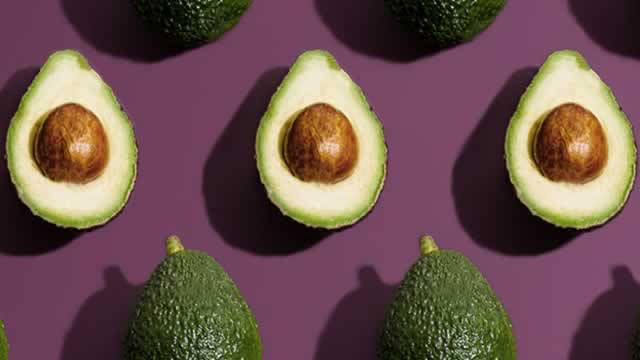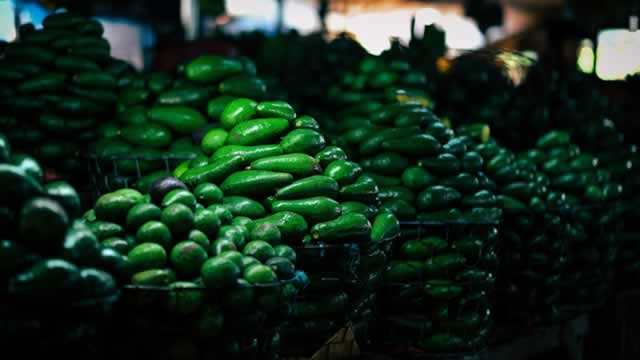
AVO
Mission Produce, Inc.
$11.67
-0.09
(-0.77%)
| Exchange: | |
| Market Cap: | 824.125M |
| Shares Outstanding: | 69.351M |
About The Company
| Sector: | Consumer Defensive | |||||
| Industry: | Food Distribution | |||||
| CEO: | John Pawlowski | |||||
| Full Time Employees: | 3100 | |||||
| Address: |
|
|||||
| Website: | https://missionproduce.com |
Mission Produce, Inc. engages in sourcing, producing, packaging, and distributing avocados in the United States and internationally. The company operates through two segments, Marketing and Distribution, and International Farming. It also provides value-added services, including ripening, bagging, custom packing, and logistical management. The company serves retail, wholesale, and foodservice customers. The company was founded in 1983 and is headquartered in Oxnard, California.
Click to read more…
Revenue Segmentation
EPS
Earnings Call
Income Statement
(* All numbers are in thousands)
Balance Sheet
(* All numbers are in thousands)
Cash Flow Statement
(* All numbers are in thousands)
Analyst Estimates
(* All numbers are in thousands)







